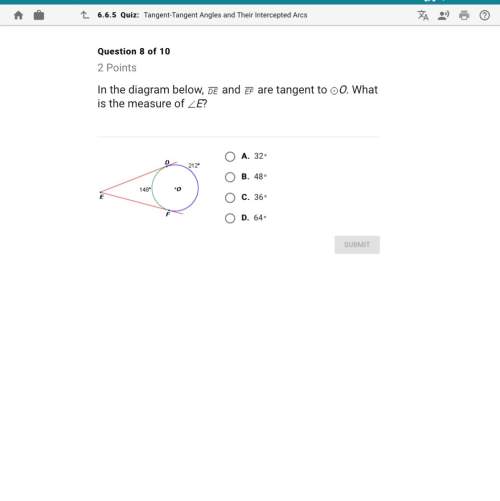
Mathematics, 16.04.2020 02:30 krojas015
Consider the galilean transformation along the x-direction: x′=x−vt and t′=t. in frame s the wave equation for electromagnetic waves in a vacuum is ∂2e(x, t)∂x2−1c2∂2e(x, t)∂t2=0 where e represents the electric field in the wave. using the galilean transformation find the wave equation in frame s′. this has a different form than the wave equation in s. hence the galilean transformation violates the first relativity postulate that all physical laws have the same form in all inertial reference frames. (hint: express the derivatives ∂/∂x and ∂/∂t in terms of ∂/∂x′ and ∂/∂t′ by use of the chain rule.)

Answers: 2


Another question on Mathematics

Mathematics, 21.06.2019 21:00
Rewrite the following quadratic functions in intercept or factored form. show your work. f(x) = 3x^2 - 12
Answers: 1

Mathematics, 21.06.2019 21:00
These box plots show the number of electoral votes one by democratic and republican presidential candidates for the elections from 1984 through 2012. which statement best compares the spread of the data sets
Answers: 2

Mathematics, 22.06.2019 00:10
How do i take any fraction and make it into a decimal or percentage?
Answers: 1

Mathematics, 22.06.2019 02:00
Zahra wants the equation below to have an infinite number of solutions when the missing number is placed in the box.
Answers: 2
You know the right answer?
Consider the galilean transformation along the x-direction: x′=x−vt and t′=t. in frame s the wave eq...
Questions



Chemistry, 01.09.2019 07:50



Mathematics, 01.09.2019 07:50



Arts, 01.09.2019 07:50

Mathematics, 01.09.2019 07:50


Physics, 01.09.2019 07:50

Mathematics, 01.09.2019 07:50


History, 01.09.2019 07:50



Computers and Technology, 01.09.2019 07:50






